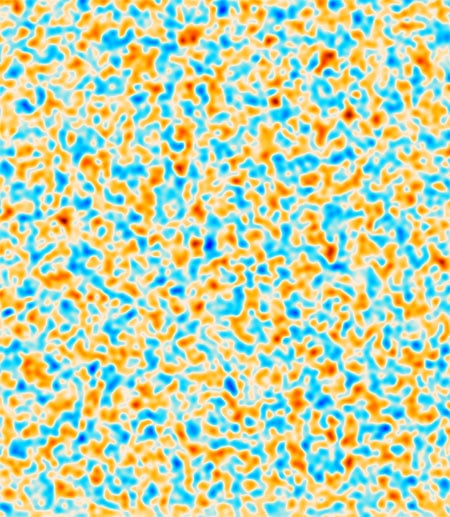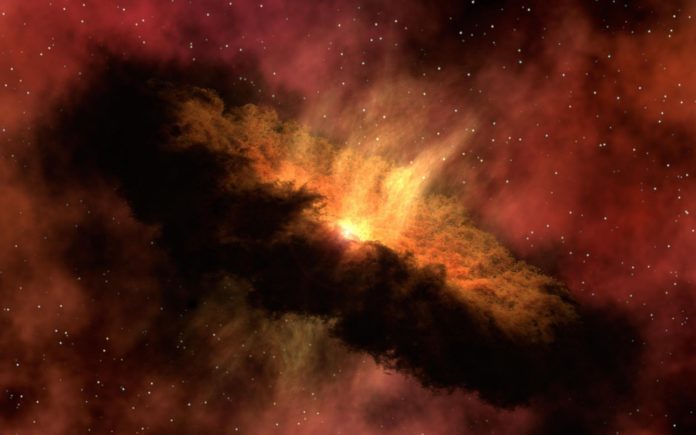From a mountain high in Chile’s Atacama Desert, astronomers with the National Science Foundation’s Atacama Cosmology Telescope (ACT) have taken a fresh look at the oldest light in the Universe. In addition to a touch of inestimable calculation, their observations propose that the Universe is 13.77 billion years old– give or take 40 million years. A Cornell specialist co-wrote one of two papers about the discoveries, which add a new turn to a continuous discussion in the astronomy network.
Astronomers used data gathered from the National Science Foundation’s Atacama Cosmology Telescope (ACT). The ACT estimate matches the one provided by the standard model of the Universe and measurements of the same light made by the European Space Agency’s Planck satellite.
In 2019, it was predicted that the age of the Universe based on measurements of movements of galaxies. The team indicated that the Universe is hundreds of millions of years younger than the Planck team predicted.
That disparity proposed another model for the Universe that may be required and started worries that one set of estimations may be wrong.
Aiola said, “Now we’ve come up with an answer where Planck and ACT agree. It speaks to the fact that these difficult measurements are reliable.”
The age of the Universe likewise uncovers how quickly the Universe is growing, a number evaluated by the Hubble constant. The ACT estimations suggest a Hubble constant of 67.6 kilometers every second per megaparsec. That implies an article 1 megaparsec (around 3.26 million light-years) from Earth is moving away from us at 67.6 kilometers every second because of the Universe’s expansion. This outcome concurs precisely with the previous stage of 67.4 kilometers every second per megaparsec by the Planck satellite team. However, it’s slower than the 74 kilometers for each second per megaparsec inferred from galaxies’ estimations.

While several local universe measurements find a consistently higher Hubble constant, this is the first time that two independent cosmic microwave background (CMB) measurements found consistently lower Hubble constants.
Michael Niemack, a co-author on the two preliminary papers, said, “The growing tension between these distant versus local measurements of the Hubble constant suggests that we may be on the verge of a discovery in cosmology that could change our understanding of how the Universe works. It also highlights the importance of improving our measurements of the CMB with ACT as well as the future Simons Observatory and CCAT-prime projects that we are now building.”
Journal Reference:
- Steve K. Choi et al. The Atacama Cosmology Telescope: a measurement of the Cosmic Microwave Background power spectra at 98 and 150 GHz. DOI: 10.1088/1475-7516/2020/12/045
